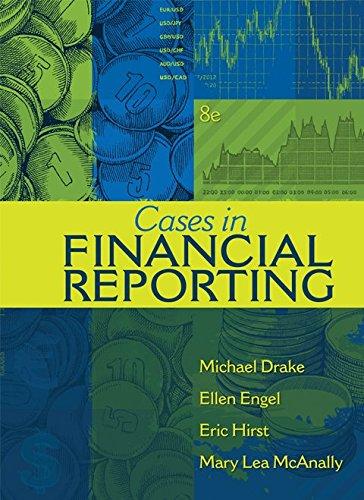Answered step by step
Verified Expert Solution
Question
1 Approved Answer
It appears that you are mislabeling where each of the cash flows occur. For instance, lets consider the tuition payments. You are summing the yearly
It appears that you are mislabeling where each of the cash flows occur. For instance, lets consider the tuition payments. You are summing the yearly total of the tuition payments and showing (in total) how much is necessary over the 4 years ($92,000). This is incorrect as it does not properly account for the present time value of each college payment. If the first $10,000 must be paid at the end of year 4, its discounted value is $10,000 / (1 + .045)^4 = $8,385.61 which appears at t = 0. The next $10,000 must be paid out in 4.5 years, therefore $10,000 / (1 + .045)^4.5 = $8,203.08 which appears at t = 0. This follows for an additional 6 more intervals in a similar fashion. Once all the cash flows have been discounted to t = 0, they can be added together. This will be the present value of all the college payments. Discounting the retirement payments is analogous with the exception that they are monthly withdraws. You can use the present value of an annuity equation that will show the lump-sum value 1 period (month) before the first payment or use your Texas BA II calculators annuity feature to solve. Either way, that lump-sum too must be brought back to t = 0 consistent to where all the other discounted cash flow exists. Once this is done, you can then solve for the equal, annual payment that will be necessary to satisfy future cash needs
Step by Step Solution
There are 3 Steps involved in it
Step: 1

Get Instant Access to Expert-Tailored Solutions
See step-by-step solutions with expert insights and AI powered tools for academic success
Step: 2

Step: 3

Ace Your Homework with AI
Get the answers you need in no time with our AI-driven, step-by-step assistance
Get Started


